
As someone who writes about smartphones, tablets, and other smart devices for a day job, it likely comes as no surprise to you that I’m the guy who friends and family come to for advice on which smartphone to buy. In recent years, my advice has more-or-less been the same: “Buy a Google Pixel.” They’re reliable, as close to an iPhone on Android as you’re going to get, and have absolutely phenomenal cameras. They were a slam dunk of a recommendation, and I’ve been recommending Google’s smartphone range to my nearest and dearest for years now.
That’s why it’s been tough for me to admit this — but after almost six months with my new Pixel smartphone, I think I’m finally ready to face up to the truth. I wish I’d never bought my Google Pixel 7 Pro, as it’s destroying my faith in Google.
I fell in love with an older Pixel
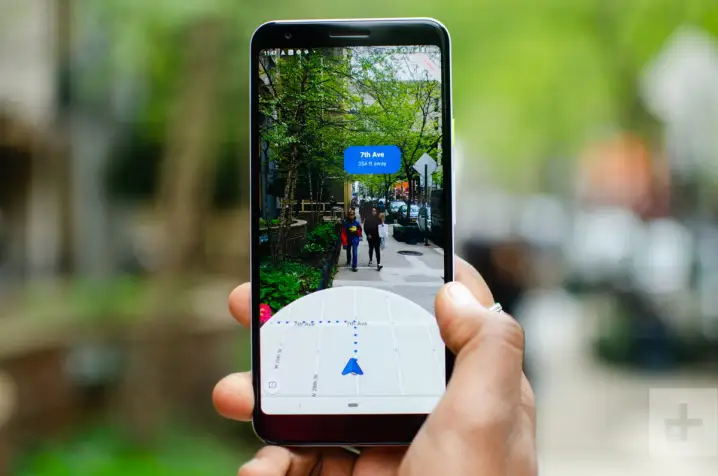
My history with the Pixel line doesn’t date back as far as some. I lusted after the original Google Pixel and Pixel 2, but it wasn’t until the Pixel 3 series that I got a chance to get my grubby mitts on Google’s smartphone range. The Google Pixel 3a XL was my first Pixel, and it was an absolute corker of a smartphone. The Pixel 3a XL might have been a midrange smartphone, but you wouldn’t have known it from its performance. It runs smoothly to this day, belying its more modest hardware.
Sure, it wasn’t the best-looking or feeling smartphone, even at the time. The top and bottom bezels are thick and it’s made from plastic. Viewed in 2023, it’s positively prehistoric — but the strength of the Pixel 3a XL lay in other areas. Like other Pixel smartphones, the camera was simply exceptional. Even now, the single 12.2-megapixel lens is strong, and what it lacks in wide-angle and telephoto options, it makes back with incredible software tricks like Super Res Zoom and Night Sight. The backbone that still defines large parts of the Pixel camera to this day is present in the Pixel 3a XL, and it means it’s aged spectacularly well.
But best of all was the excellent battery life. While the Pixel 3 became infamous for its troublesomely short battery life, the Pixel 3a range sidestepped that deftly. The Pixel 3a XL straight-up cured my battery anxiety by consistently offering more than a day’s battery life, even with heavy use. It was the first phone I could take off the charger at 7 a.m. and not worry about running out before the day was up.
Years on, it’s still the favorite smartphone I’ve used, and as far as I’m concerned, the high point of Google’s Pixel range. But looking back, the differences between the Pixel 3a and its flagship cousin should probably have been a warning I heeded, as I haven’t had anywhere near the same experience with the Pixel 7 Pro.
Death by a thousand cuts
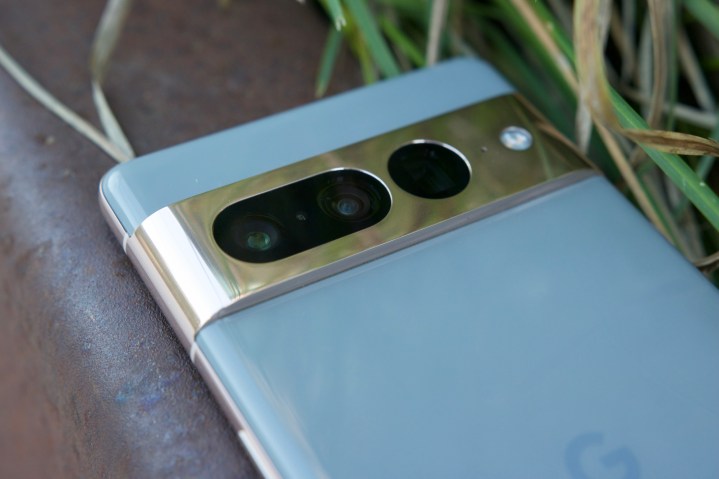
The Google Pixel 7 Pro is an excellent smartphone. The camera is exceptional, the battery life is solid, and — since I’m not a heavy mobile gamer — I haven’t experienced any of the heat build-up Joe Maring noted in his Pixel 7 Pro review. I say this because it’s important to note my problems with the Pixel 7 Pro don’t come from the hardware. Instead, they came from somewhere deeper and more insidious: the software.
This was something that was flagged in Maring’s review of the device, with a number of bugs plaguing his multiple attempts to use the phone. But these issues weren’t consistent, and Andy Boxall’s Pixel 7 Pro experience was totally different from Maring’s. My time with the Pixel 7 Pro started out more in line with Boxall’s experience: a few small bugs, but nothing that ruined a device I was otherwise enjoying.
Like an avalanche, a few small snowflakes began to build into something much, much larger.
The first problem that really caused an issue involved the Wi-Fi connection. Every now and again, my internet connection would drop, and while it would show as connected, nothing would connect until I went into the Network and internet settings and manually restarted the phone’s network. That was annoying, and it kept happening on a semi-regular basis. But if it had stopped there, I could have lived with it.
But, of course, it didn’t.
Sometimes, my phone refuses to acknowledge swiping up to exit an app. Swiping back to an app sometimes makes it crash and dump me back to the home page. Opening the Recent apps list twice will often cycle the list to the far end for no apparent reason. One time, I thought the phone had completely bricked because it went black during a restart and just … stayed that way for five long minutes. Recently, it’s begun acting up when unlocking and will take whole seconds to unlock. That doesn’t seem like a lot, but it’s more than enough time to think you’ve put the wrong code in and try several times before finally realizing it’s just moving slowly … again. This is a $900 flagship smartphone that sometimes struggles to unlock itself.
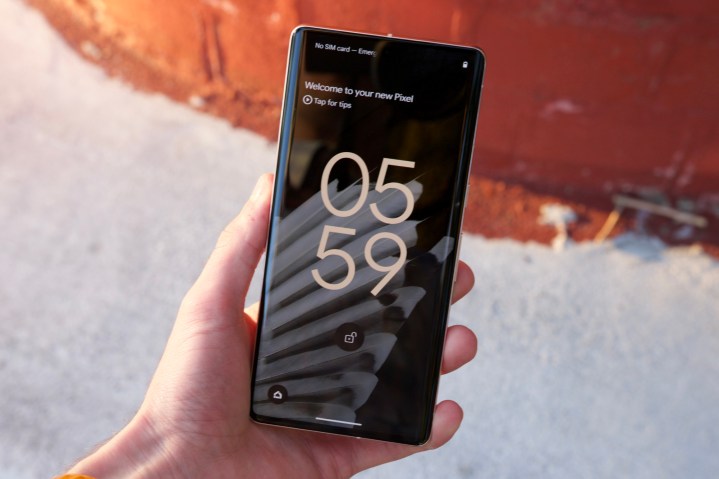
But the worst issue by far isn’t really a bug. When locking a Pixel phone, you get a cool visual animation where the display wipes to black, swishing into the power button. Unlock it, and it fills back out from the button. Cool, right? It is, if not for a very, very important problem: it doesn’t lock the screen while the animation is running.
If you’re anything like me, you click the button and immediately stuff your phone into a pocket. Only the animation means there’s enough time for you to accidentally tap the screen while putting it away. I’ve accidentally muted podcasts multiple times because I was changing the volume before locking, and a brief screen touch after locking landed on the volume bar. It’s utterly infuriating.
This is less a bug and more an oversight, but it’s such an obvious one that should have been fixed by now. This is compounded further when Lift to wake triggers while closing the phone, and it keeps my lock screen open. Oh, good, more chances to accidentally tap the screen while it’s en route to my pocket.
Each problem is small — minuscule, really. By themselves, they wouldn’t be a problem. But together? By their powers combined, all these small, insignificant bugs become … Captain Frustration! Even the most casual use of my phone involves navigating minor annoyances, and it doesn’t take long for at least one to show up and make my day slightly, marginally worse. I can feel my soul tarnish slightly every time my phone fails to register a swipe or doesn’t unlock. If Crowley from Good Omens designed phone software, it would be this.
This is exacerbated further by some legacy Google problems. Google Chromecast continues to be stupendously buggy, often forgetting it’s in the house it hasn’t moved from in several years or insisting it can’t find a phone on the same Wi-Fi network. I’d hoped this wouldn’t be the case on a Pixel phone, given the closer link to Google Home. But nope, the same frustrating issues are there, and it’s utterly destroying the goodwill I had toward Google’s hardware.
Samsung is doing it better
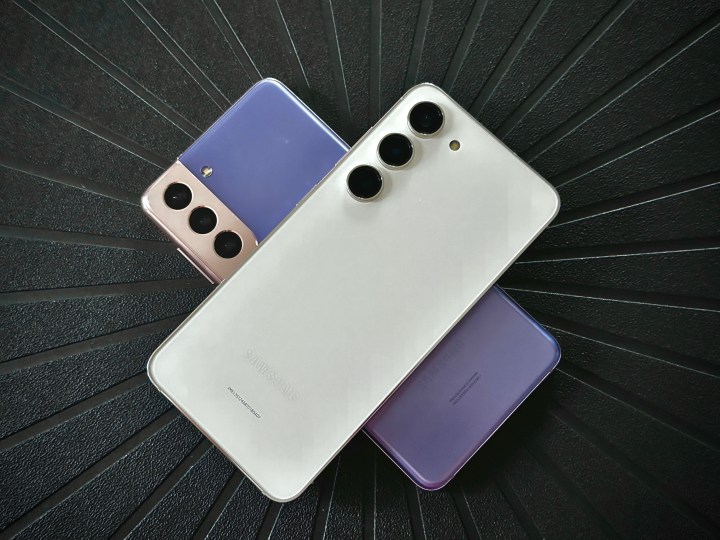
It’s embarrassing enough that the owner of Android is having such a tough time wrangling its product into working properly. But what’s even more embarrassing is someone else is doing it better. Samsung is the unofficial Ruler of Android smartphones right now, and it has a grip on Google’s software that Google can only dream of. I’ve been extremely critical of my time with the Galaxy Note 20, but at no point did I find the software lacking. If anything, the Note 20 was the polar opposite of the Pixel 7 Pro — great software, wrapped up in some pretty terrible hardware.
It’s ironic that I lauded the Pixel 7 Pro at the time of writing that article, as even then, I was starting to notice the issues that would eventually drag the phone down. But the key element to note here is Samsung has learned from its mistakes. The latest Galaxy S23 phones are (to be expected) excellent. But even the lower-priced handsets are good. The $450 Galaxy A54 is fabulous, while the $200 Galaxy A14 5G is somehow also a great smartphone. None of the Note 20’s issues have been passed down through the generations. In contrast, the Google Pixel 6 range was also riddled with software bugs, and even the Pixels before that were rarely perfect and almost always had a specific fault or bug that held them back from being truly great smartphones.
Google can still win me back
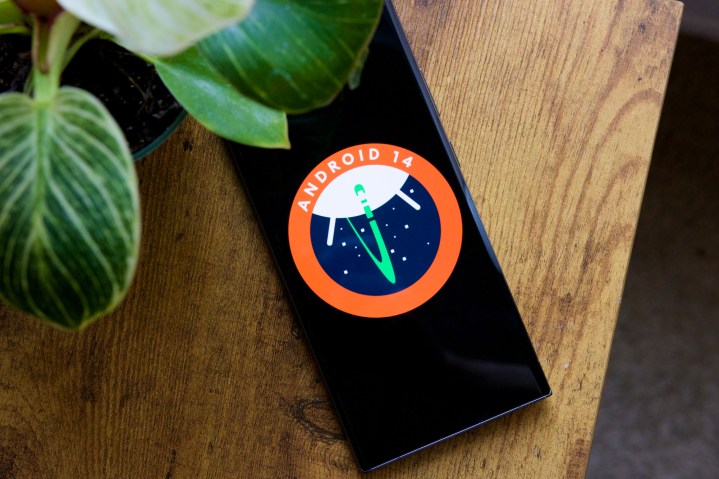
If you’re reading this, Google, don’t worry — you can still win me back. All is absolutely not lost, and while our relationship has been rocky recently, I know we can get back to the beautiful place we were in a few years ago. But my word, do you have your work cut out for you.
Google needs to spend a considerable amount of time fixing these bugs — but really, it also needs to weigh up whether it’s worth fixing Android 13 at all. Android 14 is just around the corner, and since most Pixel devices suffering with Android 13 are going to get upgraded to Android 14 anyway, should Google prioritize the new Android over the old? Absolutely. There’s no sense patching an old version of Android if the new one is similarly riddled with bugs.
Don’t get me wrong, I want a few of the existing bugs patched away, but mostly as a goodwill gesture and largely so I can see Google recognizes the problem and is taking steps to fix it. But my hope is that Android 14 will be the update that restores my faith in the Pixel brand. If it doesn’t? Well, it’s hard to see myself being as excited as I used to be for the Pixel 8 later this year.
Editors’ Recommendations


